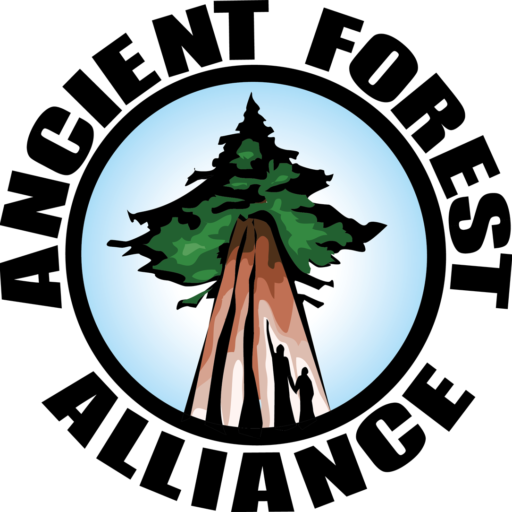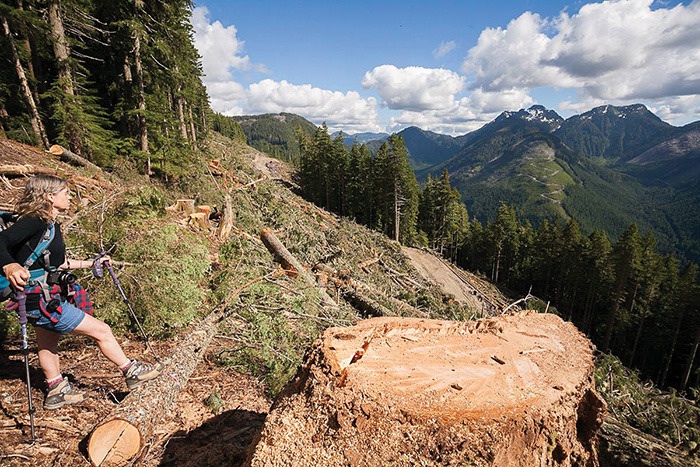
Logging McLaughlin Ridge: Watershed advocates say logging threatens city’s water source
Great news! The Port Alberni municipal council has unanimously passed a resolution supporting the statement for Island Timberlands to cease and desist from logging McLaughlin Ridge, an ancient forest near Port Alberni in the city's drinking watershed, and for the BC government to ensure its protection. Thanks to our allies at the Port Alberni Watershed-Forest Alliance for getting the resolution passed!
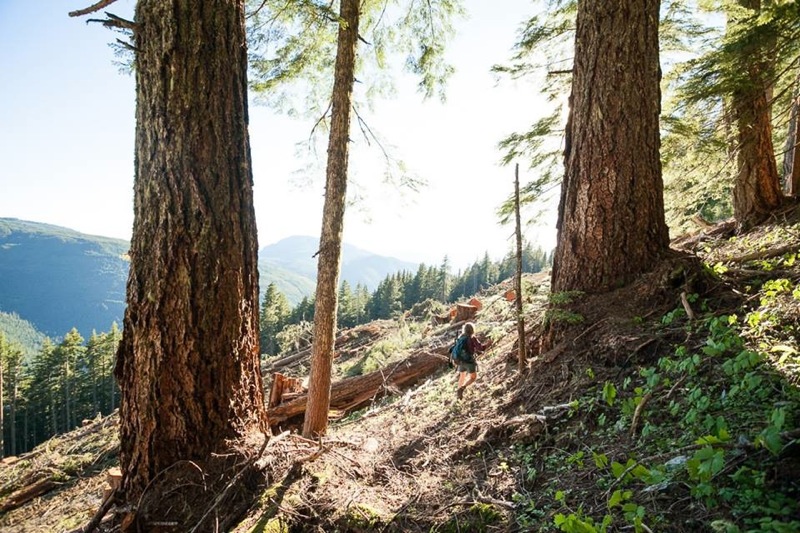
Groups push to halt old-growth harvesting
Here's an article in the Alberni Valley Times about the Port Aberni city council unanimously passing a resolution for Island Timberlands to stop logging McLaughlin Ridge and the BC government to protect it. Again thanks to our friends at the Port Alberni Watershed-Forest Alliance for their great work!
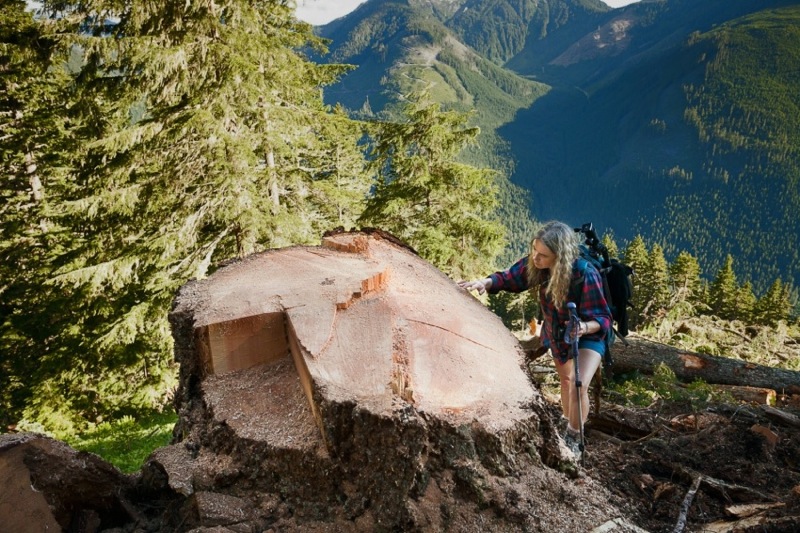
Environmental and labour organizations call on Island Timberlands to stop logging old-growth forest
The Port Alberni Council of Canadians, Pulp, Paper, and Woodworkers of Canada (PPWC) union and various environmental organizations have signed a joint statement calling on Island Timberlands to halt logging the endangered old-growth forests of McLaughlin Ridge near Port Alberni, BC. They asked the BC Liberal government show leadership and ensure the forest’s protection.
“The company and the BC government really need to heed the call of so many diverse organizations, otherwise the controversy will only continue to grow,” said Jane Morden from the Port Alberni Watershed-Forest Alliance, which is spearheading the campaign to protect old-growth forests around the region, including McLaughlin Ridge.
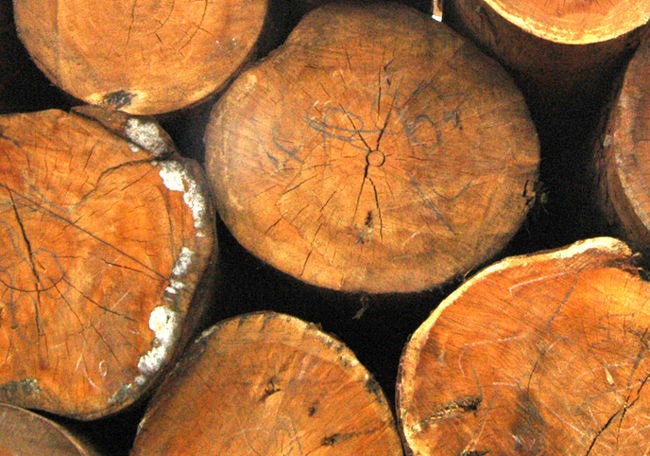
Groups fear fragile B.C. area logged
In the following article, Island Timberlands seems to be engaged in some sort of misleading PR spin, claiming that they are not logging the ungulate winter range in the core of McLaughlin Ridge, which they most clearly are (see our photos). The core area was mapped to become a Wildlife Habitat Area, which would protect the habitat of the endangered Queen Charlotte Goshawk and at the same time serve to protect the ancient Douglas-fir forest where the ungulates (deer) spend the winter - this is where Island Timberlands has been logging. In addition, Island Timberlands has also logged in areas mapped as UWR in recent years. Stating anything else is either simply false or misleading sophistry designed to throw doubt and confusion on what the company is doing, to buy time for them to log as much endangered ancient forest as they can. However, it should be noted that if Island Timberlands now has a new policy to not log anymore of the mapped UWR's, we greatly welcome that and look forward to discussing how to move forward on this...stay tuned.
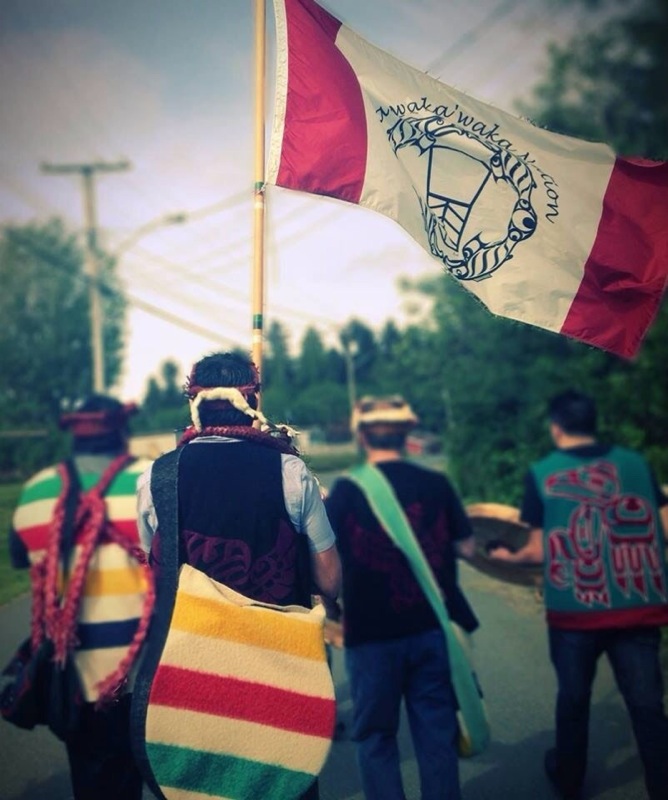
Tsilhqot’in ruling means Douglas Treaty Implementation, says Kwakiutl Chief
Kwakiutl First Nation Chief Coreen Child says the Tsilhqot'in court victory on Thursday, June 26, 2014, proves that Vancouver Island First Nations with Douglas Treaties already demonstrated Aboriginal Title over 160 years ago...
Since 2004, the BC government has been granting the removal of private lands from Tree Farm licenses located within Kwakiutl territory without Kwakiutl consent. Consequently, businesses, companies, and governments have exploited Kwakiutl lands with impunity."BC forestry decision making is one example of Treaty infringement," says Councillor Jason Hunt. "In 163 years, the Crown, first as Colony, then as BC and Canada, built entire economies on North Vancouver Island without First Nations consent. They have exploited our lands and waters, and marginalized our people."
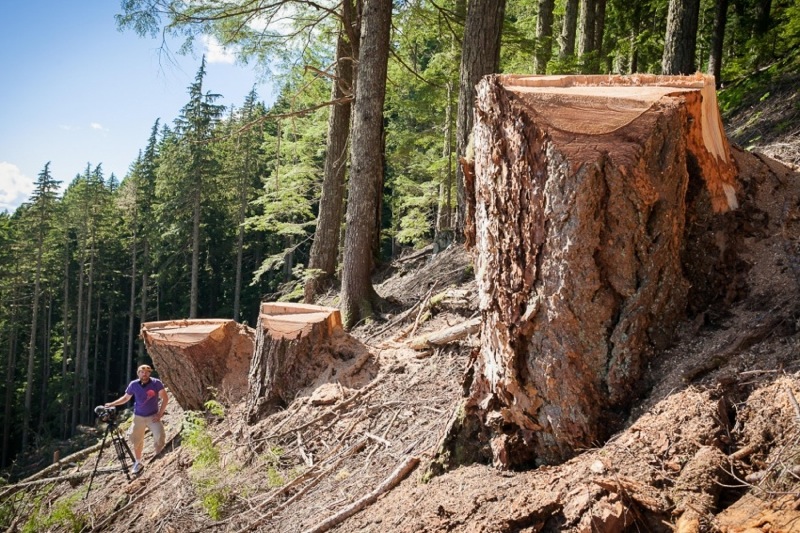
Island Timberlands logs old-growth forests near Port Alberni
Conservationists expressed alarm over a logging company's logging of rare old-growth Douglas Fir trees near Port Alberni. Island Timberlands had reportedly logged a hundred-metre wide section of old-growth trees in the previously intact part of McLaughlin Ridge's forest. The Port Alberni Watershed-Forest Alliance and Ancient Forest Alliance have urged the BC government -- which deregulated the land in 2004 -- to work toward conservation of McLaughlin Ridge and other endangered old-growth forests jeopardized by Island Timberlands.
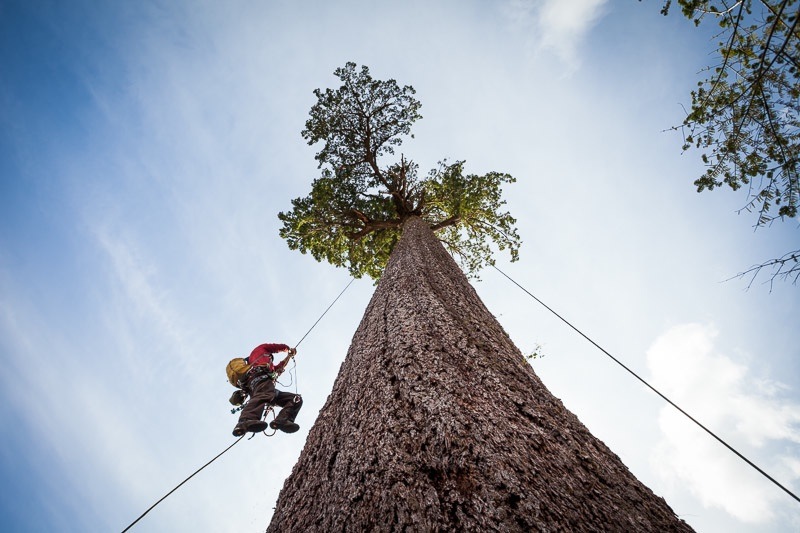
Big Lonely Doug: Canada’s loneliest tree still waiting on help
“It was odd to be standing in this giant, record-size tree in the middle of a clear-cut and watching stuff fall not too far away,” he said. Mr. Watt said it was “kind of sad” too, because he suspected there were more trees like Big Lonely Doug that might be stumps by the time his crew finds them. “It shows the need to have legislation in place as quickly as possible to protect remaining old-growth forest so we don’t have to keep coming across these things too late,” said Mr. Watt. Three years ago, the provincial government promised it would bring in regulations to protect the best and biggest groves of B.C.’s dwindling stock of giant old-growth trees. Mr. Watt, Mr. Wu, and Big Lonely Doug are still waiting .

Gallery: Tree climbers scale Big Lonely Doug
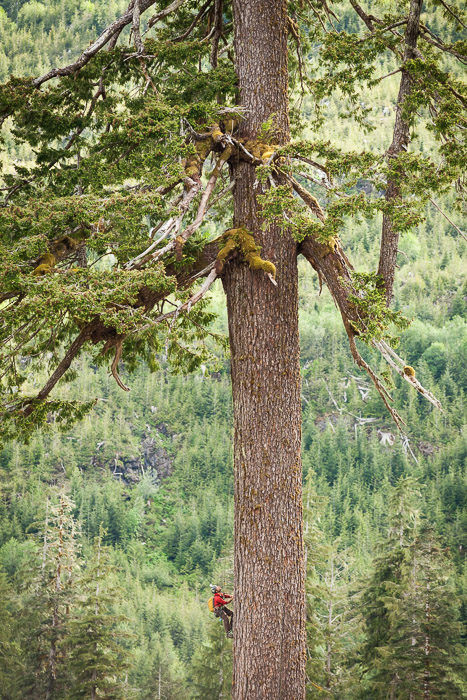
Tree Climbers Scale Canada’s 2nd Largest Douglas-Fir
Many of us have climbed a tree or two in our lives, but how many of us can say that tree was as tall as an 18-storey building?
A group of professional tree climbers scaled Canada's second-largest Douglas-fir — fondly referred to as Big Lonely Doug — and there are some amazing photos to prove it.
Climbers from Arboreal Collective partnered with Ancient Forest Alliance, a B.C.-based conservation organization that discovered Big Lonely Doug, to complete the ascension of the tree near Port Renfrew on Vancouver Island.
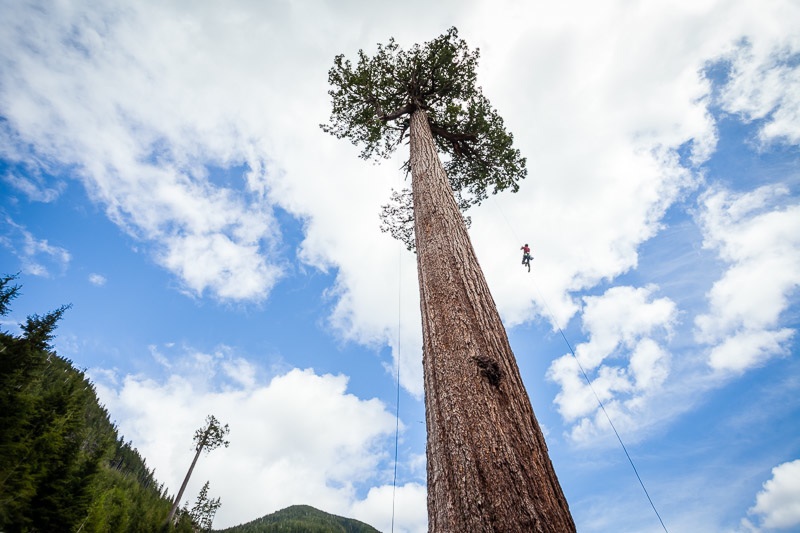
Climbers scale Canada’s ‘Big Lonely Doug’
For a few hours last month Big Lonely Doug was a little less lonely. On may 25, a group of climbers and environmentalists scaled the giant tree, which was confirmed as Canada’s second-largest Douglas Fir earlier this year.
“It’s a humbling experience exploring the tops of centuries-old trees and in a place no human has been before. I hope the novel images that come from this initiative to climb and document the largest trees and grandest groves in B.C. will help to raise awareness… about these highly endangered ecosystems,” said T.J. Watt of the Ancient Forest Alliance.
